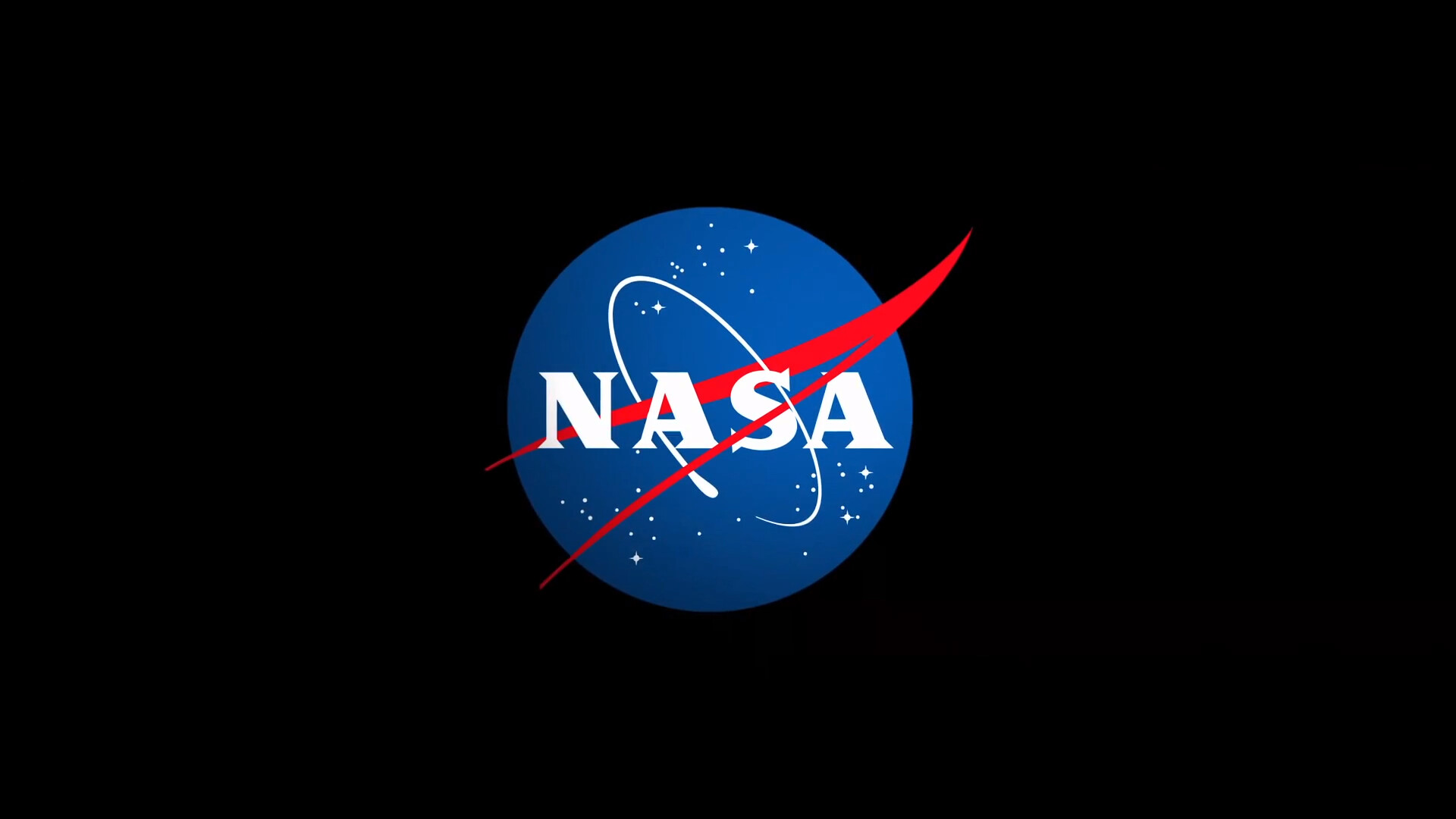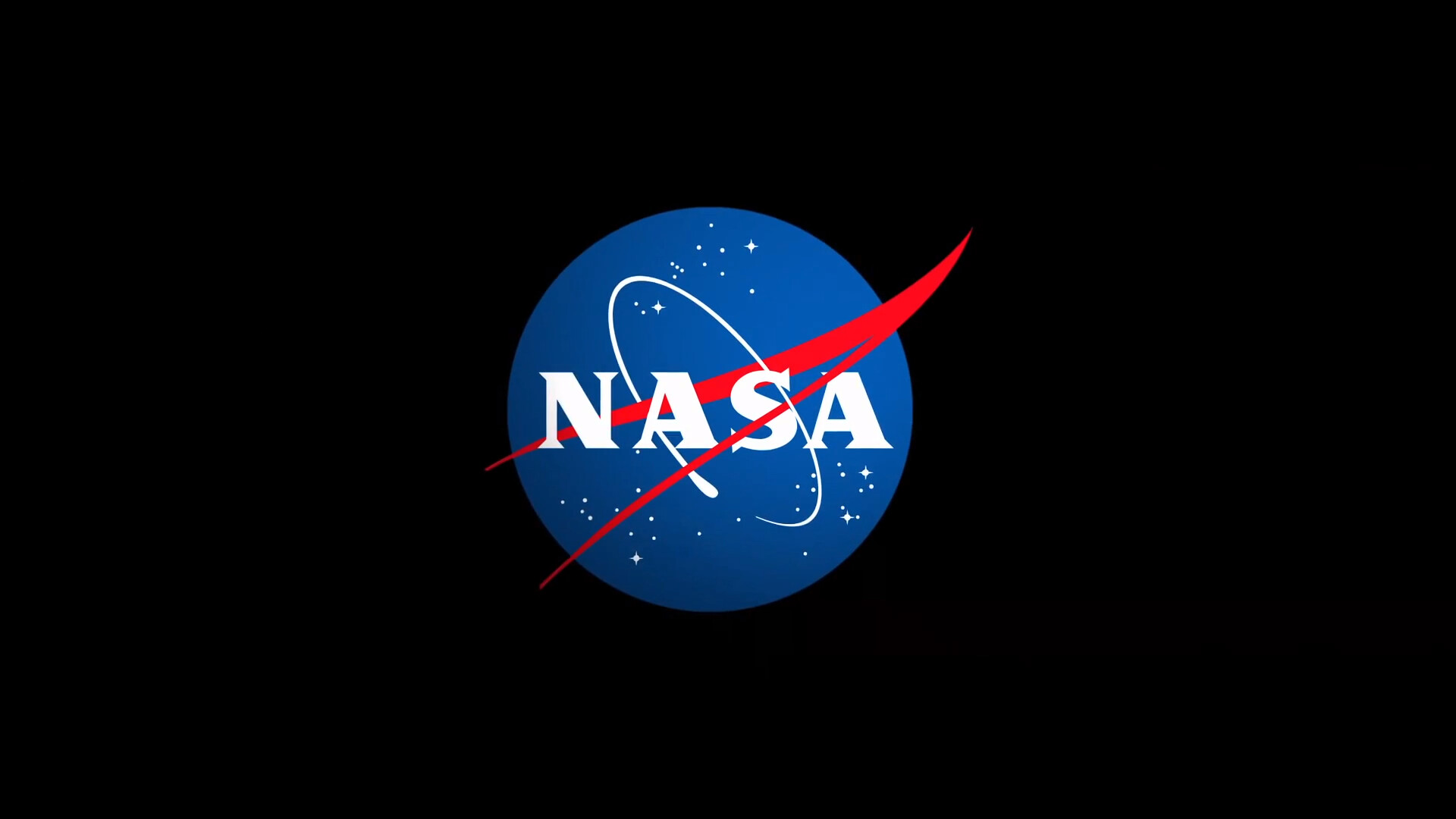NASA is moving forward with 10 studies to examine more affordable and faster methods of bringing samples from Mars’ surface back to Earth as part of the agency’s Mars Sample Return Program. As part of this effort, NASA will award a firm-fixed-price contract for up to $1.5 million to conduct 90-day studies to seven industry proposers.
Additionally, NASA centers, NASA’s Jet Propulsion Laboratory in Southern California, and Johns Hopkins’ Applied Physics Laboratory are producing studies. Once completed, NASA will assess all studies to consider alterations or enhancements to the Mars Sample Return architecture.
“Mars Sample Return will be one of the most complex missions NASA has undertaken, and it is critical that we carry it out more quickly, with less risk, and at a lower cost,” said NASA Administrator Bill Nelson. “I’m excited to see the vision that these companies, centers and partners present as we look for fresh, exciting, and innovative ideas to uncover great cosmic secrets from the Red Planet.”
Over the last quarter century, NASA has engaged in a systematic effort to determine the early history of Mars and how it can help us understand the formation and evolution of habitable worlds, including Earth. As part of that effort, Mars Sample Return has been a long-term goal of international planetary exploration for the past two decades. NASA’s Perseverance rover has been collecting samples for later collection and return to Earth since it landed on Mars in 2021.
The following companies and proposals were selected from among those that responded to an April 15 request for proposals:
- Lockheed Martinin Littleton, Colorado: “Lockheed Martin Rapid Mission Design Studies for Mars Sample Return”
- SpaceX in Hawthorne, California: “Enabling Mars Sample Return With Starship”
- Aerojet Rocketdyne in Huntsville, Alabama: “A High-Performance Liquid Mars Ascent Vehicle, Using Highly Reliable and Mature Propulsion Technologies, to Improve Program Affordability and Schedule”
- Blue Origin in Monrovia, California: “Leveraging Artemis for Mars Sample Return”
- Quantum Space, in Rockville, Maryland: “Quantum Anchor Leg Mars Sample Return Study”
- Northrop Grumman in Elkton, Maryland: “High TRL MAV Propulsion Trades and Concept Design for MSR Rapid Mission Design”
- Whittinghill Aerospace in Camarillo, California: “A Rapid Design Study for the MSR Single Stage Mars Ascent Vehicle”
NASA’s Mars Sample Return is a strategic partnership with ESA (the European Space Agency). Returning scientifically selected samples to Earth for study using the most sophisticated instruments around the world can revolutionize our understanding of Mars and would fulfill one of the highest priority solar system exploration goals as identified by the National Academies of Science, Engineering and Medicine.
For more information on Mars Sample Return, visit:
https://science.nasa.gov/mission/mars-sample-return/
-end-
Dewayne Washington
Headquarters, Washington
202-358-1600
dewayne.a.washington@nasa.gov




